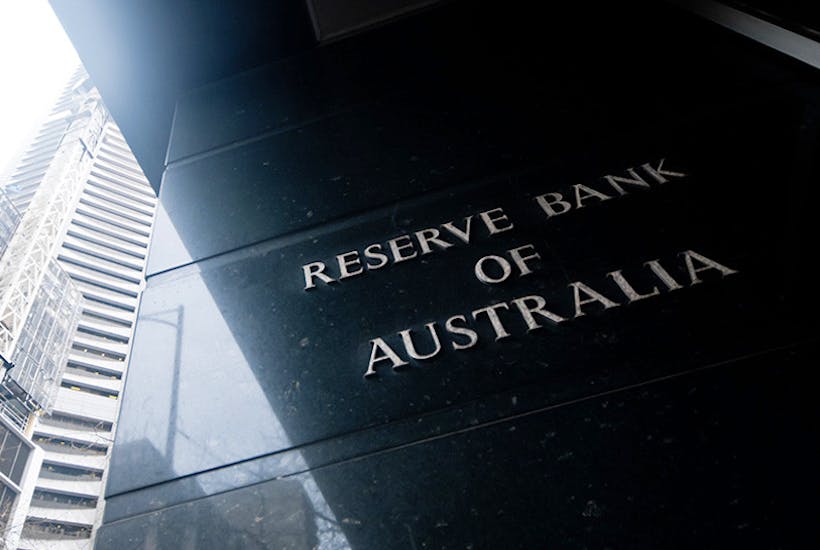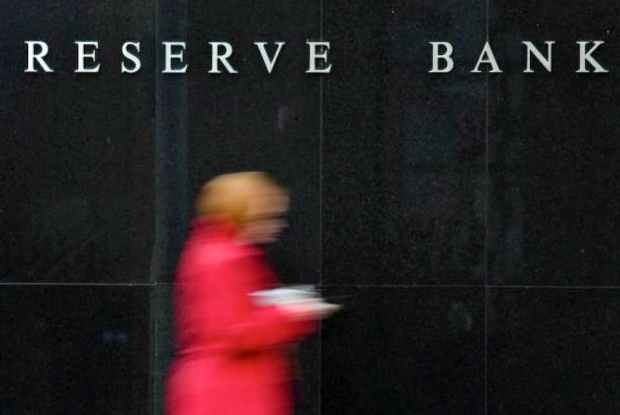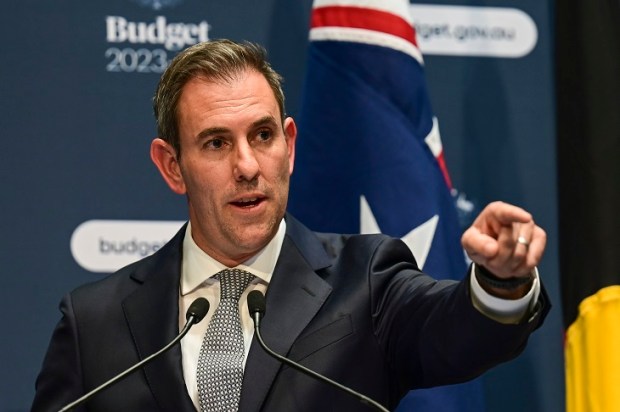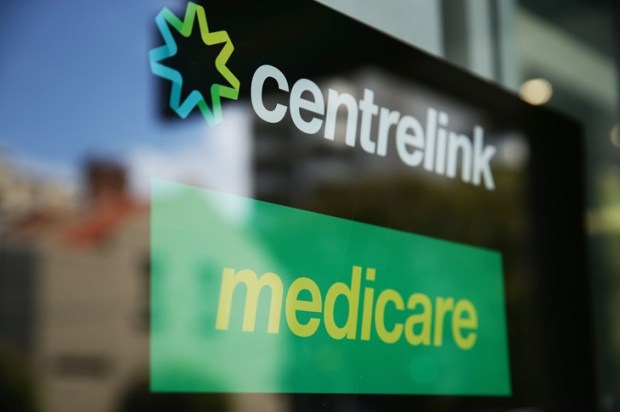The IMF recently warned the Australian federal government and Reserve Bank of Australia that they needed to take a more proactive approach to inflation by cutting spending and increasing interest rates respectively.
As circumstances stand, the RBA effectively only has the manipulation of interest rates at its disposal to bring down inflation. Ultimately, a reversal of the primary cause of inflation would be the quickest and best way to accelerate this, while not jeopardising productivity, of course. The paradox is that the latter will stagnate if inflation continues and businesses are stretched – especially if interest rises alone occur and the value of the dollar remains low. While we contemporaneously create an unwanted situation in which the solution is more difficult to implement the more apparent the problem becomes, the obvious answer remains in the form of a swap, or rather, buyback.
Given the CPI increase from 5.2 per cent to 5.4 per cent from August to September, and the Federal Reserve rate pause, one of the options would be to be more accepting of US and other countries’ investment in Australia, particularly given the current US inflation figure of 3.7 per cent.
The underlying and primary concern over the past three years has been the RBA’s government bond purchases during the pandemic, which totalled over $200bn, and it is not evident how fiscal policy has served to complement the RBA’s monetary policy objectives over and above a budget deficit reduction.
The AUD/US exchange rate is another sore topic. While the AUD is down more than 15 per cent from 0.78 to 0.63, to its lowest in over two years, a buyback appears to be the most efficient option to reverse pandemic spending. This would have the added benefit of placing a reduced expectation on the RBA and the general population to fix inflation. The federal government can allow inflation to reduce its debt to some extent, however, sticky inflation is undoubtedly undesirable for all.
The events in Gaza have increased oil prices, perhaps only temporarily, perhaps not… Core inflation will be more challenging to tackle if simply left to interest rate rises.
As the RBA purchased proportionately more AGS than most other Western countries – other than New Zealand – a buyback seems sensible.
With yet another rate rise in November and further rate rises advised by the IMF, it is only logical that a belated swap is the best option. Whilst the responsibilities of a central bank ought to remain separate to those of the government, at the end of the day, the objectives of both should be complementary, to achieve overall benefit for the country’s economy.
Although there are claims that the former Coalition government allowed more money to be printed than would normally occur, it has always been well understood and clear in politics that any incumbent government inherits the debt of its predecessors and, in Australia, there are only three years to implement effective policies. Perhaps this is an opportunity to change perceptions surrounding blame within politics, as with blame or accusation, nothing can be achieved, less so within a three-year term.
So, why wait?
Holdings of Australian Government Securities now stand at over $900bn, and government debt still sits at over 50 per cent of GDP. Productivity, taxes and not unreasonable spending ought to decrease this and, whilst fiscal deficits have certainly been reduced, a swap could better assist in sharing the burden of inflation.
‘Our problem is not that we aim too high and miss, but that we aim too low and hit.’ – Aristotle
Got something to add? Join the discussion and comment below.
Get 10 issues for just $10
Subscribe to The Spectator Australia today for the next 10 magazine issues, plus full online access, for just $10.


























Comments
Don't miss out
Join the conversation with other Spectator Australia readers. Subscribe to leave a comment.
SUBSCRIBEAlready a subscriber? Log in